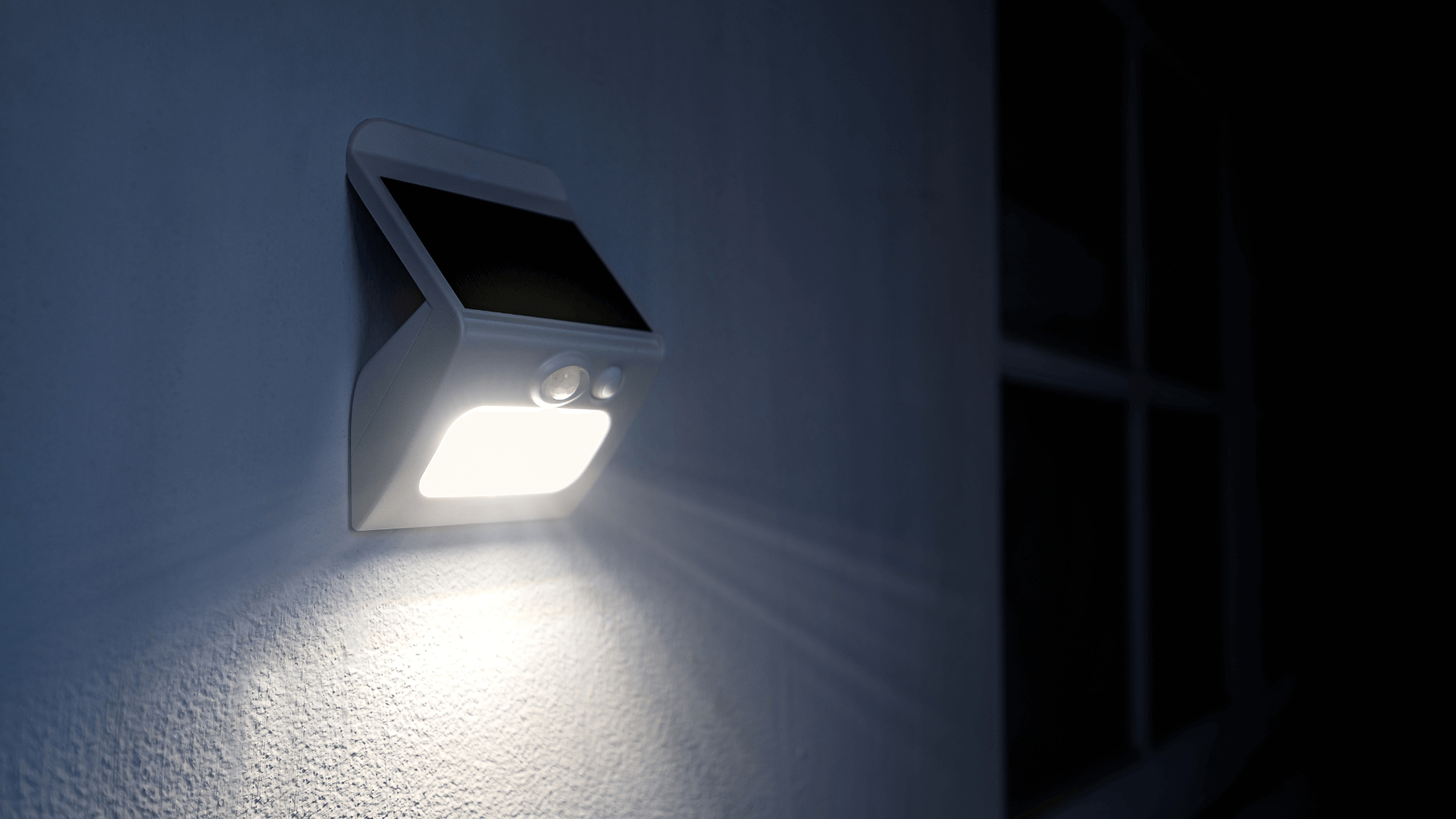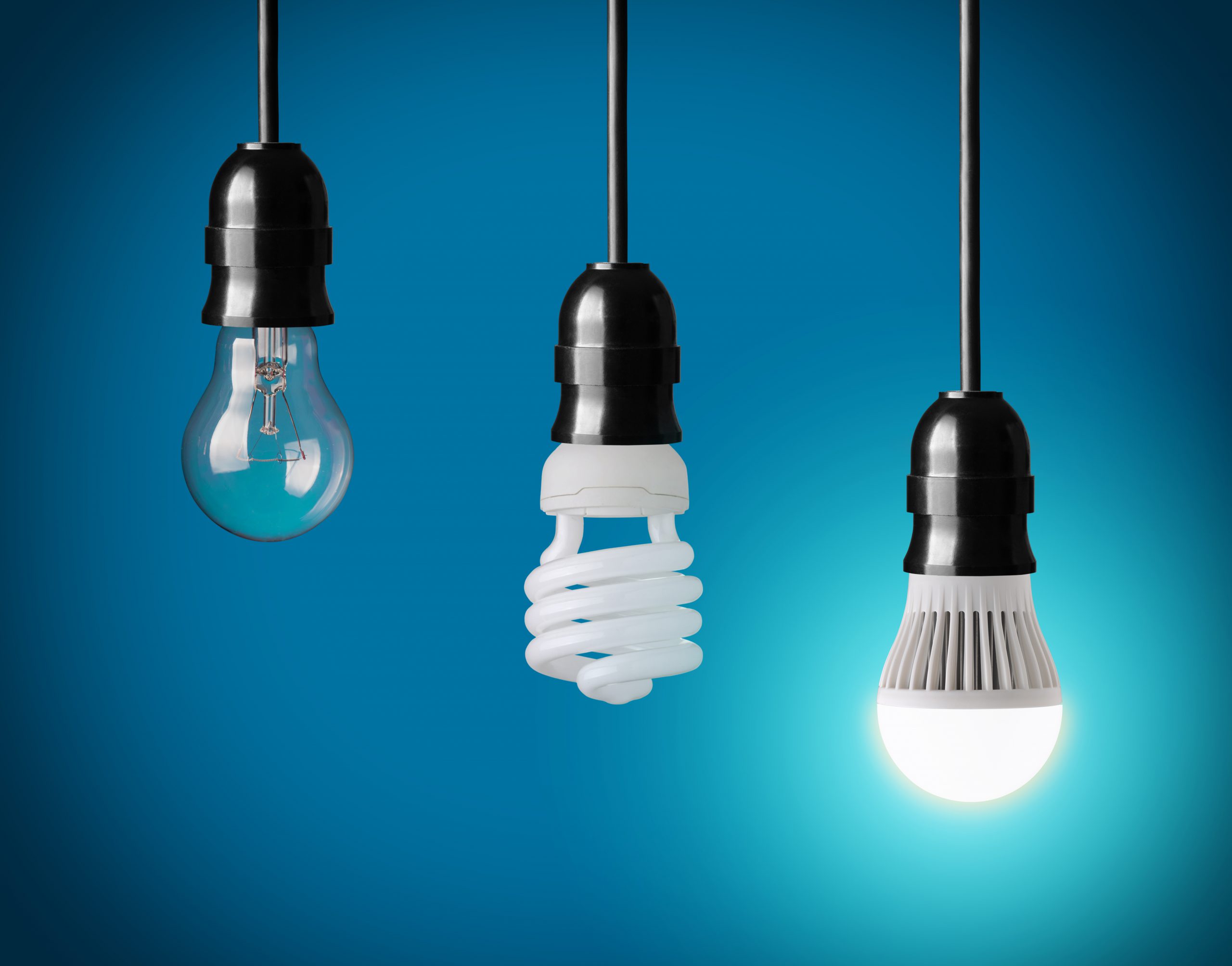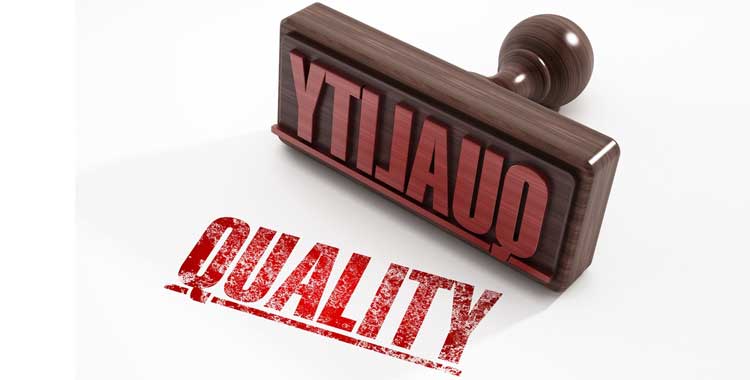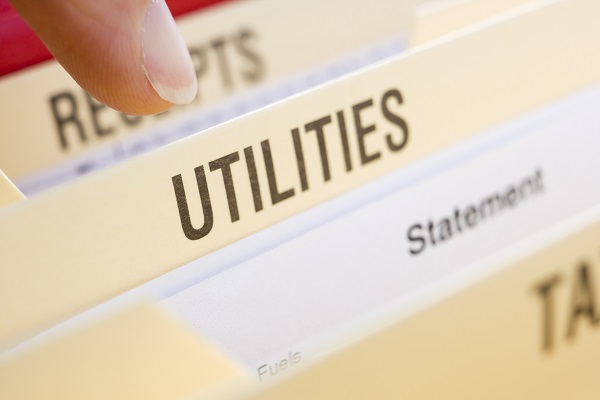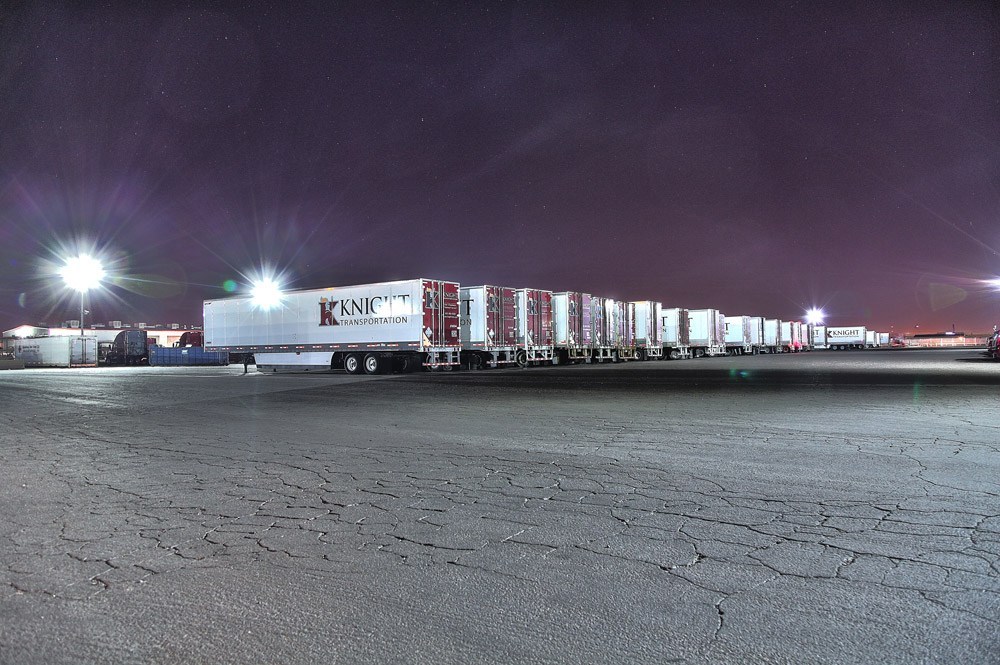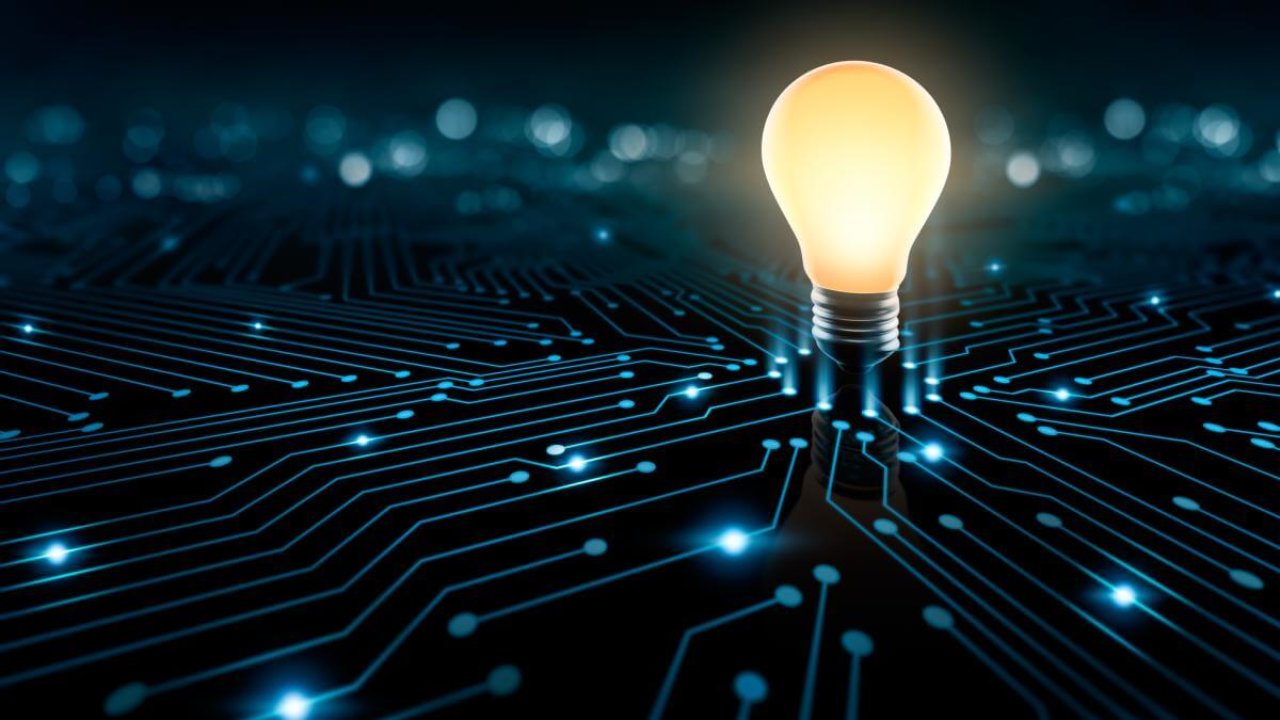The shift towards LED lighting has been revolutionary for every industry and facility. As a turnkey lighting solutions provider, we understand the transformative power of LED lighting and are here to explain why upgrading your exterior and parking lot lighting to energy-efficient LED is not just a bright idea but a smart business decision.
1. Energy Efficiency and Cost Savings
One of the most compelling reasons to upgrade to LED lighting is the significant reduction in energy consumption and maintenance costs. Traditional lighting systems such as high-pressure sodium or metal halide lamps are notorious energy hogs, consuming large amounts of electricity and driving up utility bills. In contrast, LED lights are incredibly energy-efficient, consuming up to 80% less energy while providing the same level of brightness. By making the switch to LED for your exterior and parking lot lighting, you can expect substantial savings on your energy bills, leading to a rapid return on investment.
2. Longevity and Durability
LED lighting is renowned for its longevity and durability, making it the ideal choice for outdoor applications. Unlike traditional lighting technologies that have relatively short lifespans and require frequent maintenance and replacements, LED lights have an impressive operational lifespan of up to 100,000+ hours. This extended lifespan translates to fewer disruptions and maintenance costs, allowing you to focus on other aspects of your business confidently.
LED lights are highly durable and resistant to shock, vibration, and extreme temperatures, making them suitable for harsh outdoor environments. Whether it’s rain, snow, or the intense Arizona heat, LED lighting will continue to shine, ensuring consistent illumination and safety in your exterior and parking lot areas.
3. Enhanced Visibility and Safety
Effective outdoor lighting is essential for ensuring the safety and security of employees, customers, and visitors. LED lighting offers superior brightness and uniformity, enhancing visibility and reducing the risk of accidents, theft, and vandalism in parking lots and exterior spaces. With improved lighting quality and coverage, you can create a safer and more welcoming environment for visitors and employees.
4. Environmental Sustainability
In today’s environmentally conscious world, businesses seek ways to reduce their carbon footprint and embrace sustainable practices. LED lighting aligns perfectly with sustainability goals, with little environmental impact and less energy waste. LED lights are free of toxic chemicals such as mercury, which is commonly found in fluorescent and HID lamps, and they are fully recyclable at the end of their lifespan.
By switching to LED lighting, you reduce your energy consumption and greenhouse gas emissions and contribute to a cleaner and healthier planet for future generations.
5. Rebates and Incentives
Many utility companies offer rebates and incentives for businesses that upgrade to energy-efficient lighting. These financial incentives can help offset the initial cost of the upgrade and accelerate the project ROI, making it even more cost-effective to transition to LED lighting for your exterior and parking lot areas.
Our turnkey approach to implementing energy-efficient LED lighting solutions helps property owners and site managers navigate the complex landscape of rebates and incentives, ensuring that savings are maximized. From initial assessment to installation and future service, we’re committed to managing every step of the process and helping you reap the rewards of energy-efficient lighting.
Upgrading your exterior and parking lot lighting to energy-efficient LED is a smart investment that continues to benefit any type of business. Whether you own a 300,000-square-foot manufacturing facility or a 50,000-square-foot distribution center, outdoor lighting is critical to maintaining safety and improving the bottom line with substantial lighting-related energy cost savings.
Contact the Relumination team today to request a free estimate and to learn more about how to get started.

